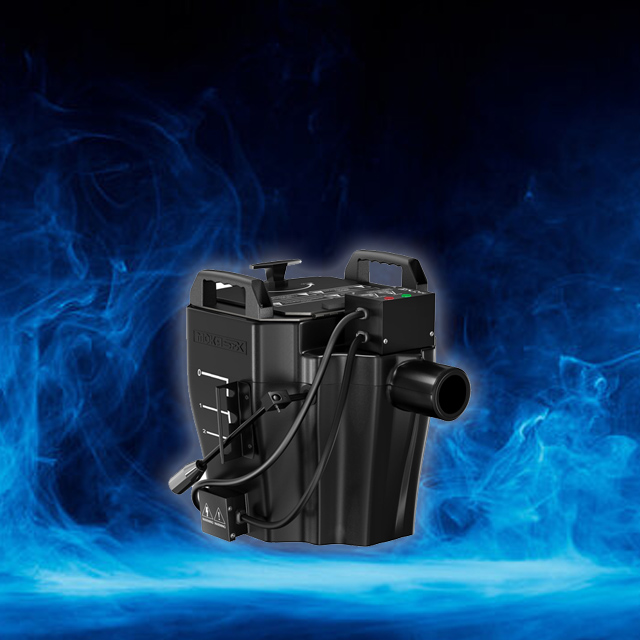
Fog and haze machines are commonly used in theatrical productions, concerts, and events to enhance the visual and atmospheric effects of the performance. These machines are designed to create a cloud of fog or a fine mist that can enhance the lighting and create a unique atmosphere on stage.
The role of fog and haze machines is to create a dense fog or mist effect that can enhance the lighting and atmosphere of a performance. The fog and haze can be used to create a mysterious, otherworldly or spooky atmosphere for horror, sci-fi, or fantasy themed performances. Haze can also be used to create a dreamy or ethereal atmosphere for performances or music videos. Fog and haze can also be used to accentuate the lighting effects, as the light beams become visible in the air, giving them a more defined look and improving their overall impact.
How fog and haze machines work
Fog machines work by heating a mixture of water and glycol or water and mineral oil to create a vapor. The vapor is then released into the air through a nozzle. The heat causes the vapor to expand, and when it comes in contact with the cool air, it condenses and forms a visible cloud of fog.
Haze machines, on the other hand, work by vaporizing a special fluid using heat, and then the mist is released into the air through a fan. The mist particles are smaller than those created by fog machines, which creates a more subtle and less dense effect.
While they are often used interchangeably, there are some key differences between fog and haze:
- Density: Fog is denser than haze. Fog is created by heating a mixture of water and glycol or water and mineral oil to create a vapor that is released into the air. The fog is denser and more visible, and it can obscure visibility. Haze, on the other hand, is created by vaporizing a special fluid using heat and then releasing it into the air through a fan. The mist particles are smaller than those created by fog machines, which creates a more subtle and less dense effect.
- Duration: Fog is typically shorter-lived than haze. Fog is created by a rapid process of heating and cooling the vapor, and it can dissipate quickly, especially in well-ventilated areas. Haze, on the other hand, is more stable and can linger in the air for longer periods, creating a more subtle and consistent atmosphere.
- Lighting Effects: Fog and haze also have different impacts on lighting effects. Fog is denser and can create more dramatic lighting effects, especially when illuminated with colored lighting. The light beams become visible in the air, giving them a more defined look and improving their overall impact. Haze, on the other hand, is more subtle and can enhance the overall mood of the performance by softening and blending the lighting.
When to use fog and haze machines
The timing of when to use fog and haze machines in a performance will depend on the desired effect and atmosphere of the show. Fog machines are commonly used for moments of drama, tension or surprise, where the fog effect adds to the overall impact. Haze machines, on the other hand, are commonly used throughout the performance to create a more subtle and ambient effect that enhances the overall mood of the show. Both machines are often used in conjunction with lighting effects to create a more immersive and dynamic performance.
In terms of safety, it is essential to use fog and haze machines in a well-ventilated space and to ensure that the machines are used in accordance with their specific instructions. It is also important to be mindful of the potential for the fog and haze to trigger smoke alarms or cause visibility issues for performers or audience members with respiratory issues.
In summary, fog and haze machines are valuable tools in creating an immersive and visually stunning performance. They can add a unique and captivating atmosphere to the show and enhance the impact of lighting effects. The timing of their use in a performance should be carefully considered to achieve the desired effect, and safety precautions must be taken to ensure the well-being of performers and audience members.










































































































